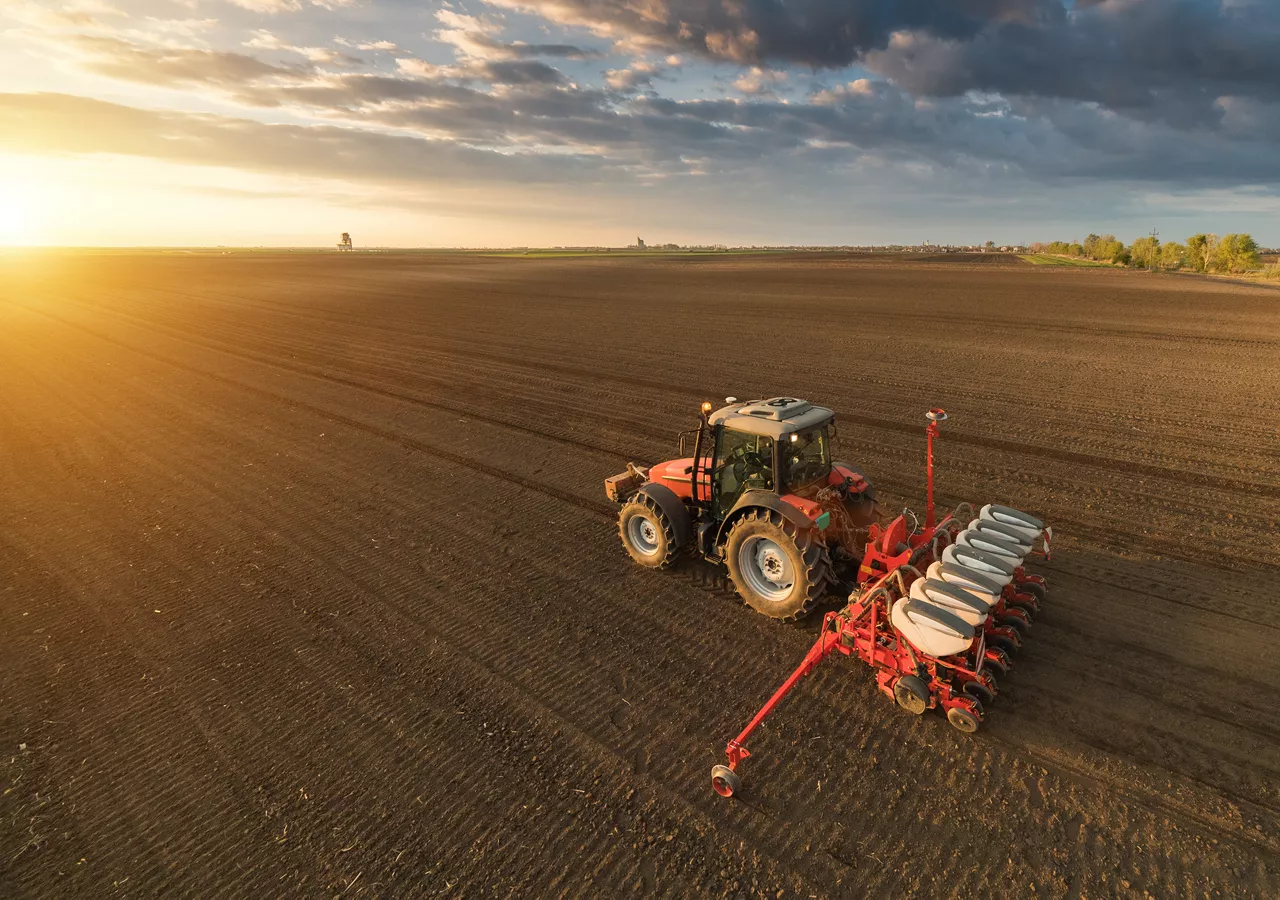Your seed is an investment. Let’s maximize your ROI.
Just like other investments, you want your seed to work as hard as possible to see a good return in the fall. Of course, the decisions you make between now and then influence how much you put in the bin come harvest time. That’s where using variable-rate seeding (VRS) comes in.

Just like other investments, you want your seed to work as hard as possible to see a good return in the fall. Of course, the decisions you make between now and then influence how much you put in the bin come harvest time. That’s where using variable-rate seeding (VRS) comes in.
What is variable rate seeding?
Simply put, VRS means putting more seed where you’re most likely to reap the rewards in terms of yield. Where it used to get complicated was in getting that seed where those areas are.
Inspired by this challenge, the Climate FieldView™ team has developed a science-based, variable-rate seeding solution that uses your historical field data, combined with field testing results, to create seed scripts in just minutes. We call this decision-making tool FieldView seed scripts.
What does it mean for your fields?
Farmers know that variability exists across their fields. The trick was getting the seeding rate right for these specific areas, then ensuring their choices will result in the best possible yield. With FieldView seed scripts these determinations are easily made, saving you time, effort and a few headaches. FieldView seed scripts also offer another important benefit – yield advantages. Based on 14 recent Canadian field studies, advanced seed prescription users will likely see a potential 2.5 bu/acre average increase compared to farmers who wrote their own scripts.
FieldView uses your historical yield data or field health imagery, to provide prescriptions on nearly any seed brand in the industry, tailored to your unique yield or profitability goals. It combines field variability with knowledge of optimal seeding rates and crop heat unit ratings for commercial hybrids to provide seeding rate prescriptions by zone in individual fields. The data is backed by proprietary field-testing results.
Kick the season off right
So, you’re going to use VRS this season — now what? There are several key things to consider before you get going.
It’s always a good idea to consult with your agronomist or seed retailer for direction on hybrid rates, field placement, and underlying soil environment. You know your fields better than anyone, but another expert view is always good to have. Prepare seed prescriptions early too — like now — to allow time to upload scripts into your equipment.
You always make sure your tractor is tuned and your seeder is well-maintained. Same applies with your FieldView™ Drive. Make sure it is properly linked to your equipment and that your FieldView™ Cab app is updated.
Finally, set yourself up to measure results. Set up a test to compare new seeding rates and zones with past years. At the end of the season, use the FieldView field region report or side by side map comparisons to see how you did.
So, does VRS scripting mean planting more seed than you normally would? Sometimes, but not always. What you’ll notice is that over time your average rate per field will remain about the same, but with some variability year over year. But for that same investment in seed, you will see improved yields.
As we mentioned above, VRS scripting with FieldView seed scripts provides you with yield gains that average about two and a half bushels per acre. That, and a trove of data and knowledge that will help you plan successful growing seasons and VRS scripts in the years to come.
So, where do I sign up?
If you are not already a FieldView subscriber, your first step is to sign up. You may qualify for a complimentary subscription for a year if you enroll through BayerValue. At any time, add FieldView seed scripts, a pro solutions offering, to your cart and check out to use this tool on your farm.